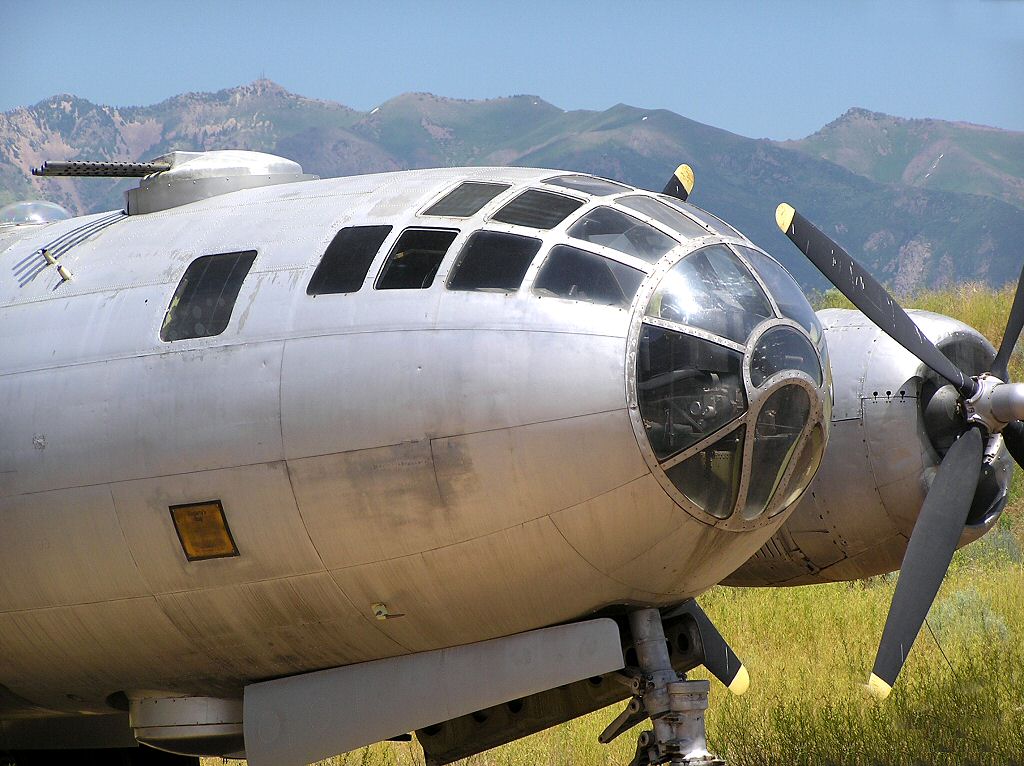|
Boeing B17 Flying Fortress US Eighth Air Force bomber The first prototype flew on 28th July 1935. The Boeing Aircraft Company of Seattle, Washington financed the entire prototype project to meet the Army Airforce need for a multi-engine bomber. It only took 12 months from drawing board to the first test flight. It was a great advance in Boeing design and technology. It was their first military aeroplane that did not have an open cockpit. Mounting five .30-caliber machine guns in clear "blisters" was also a first. A Seattle reporter, who commented on its defensive firepower, was the first to call it a ‘Flying Fortress’. The name stuck.
|
